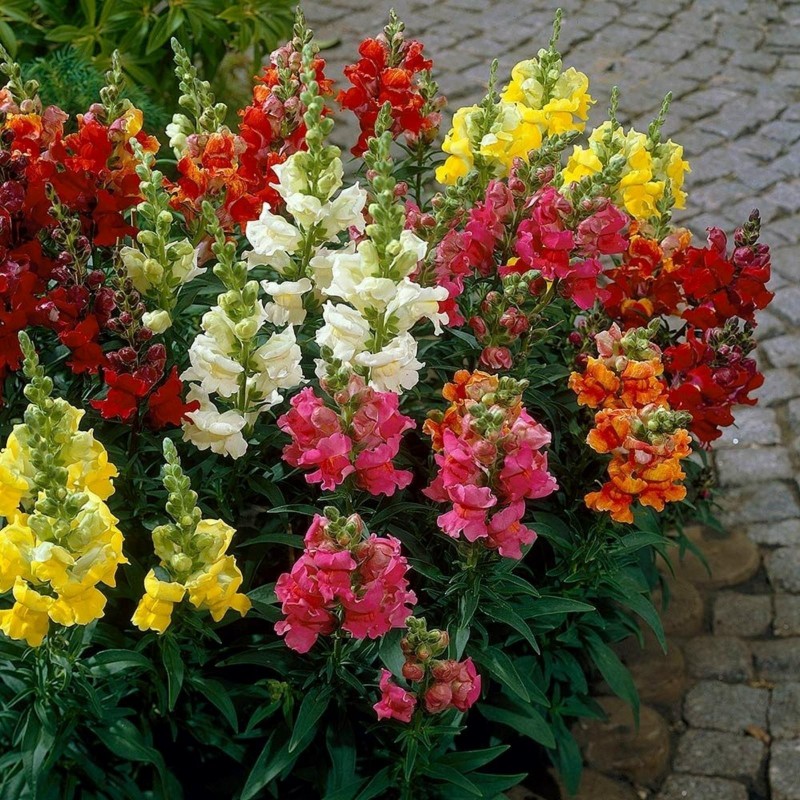- -15%







Every cottage garden should have Antirrhinums or Snapdragons. They are among the very best plants for providing bright showy colour and long lasting blooms in flower borders and beds. Quite simply superb as
 Reviews (0)
Reviews (0)